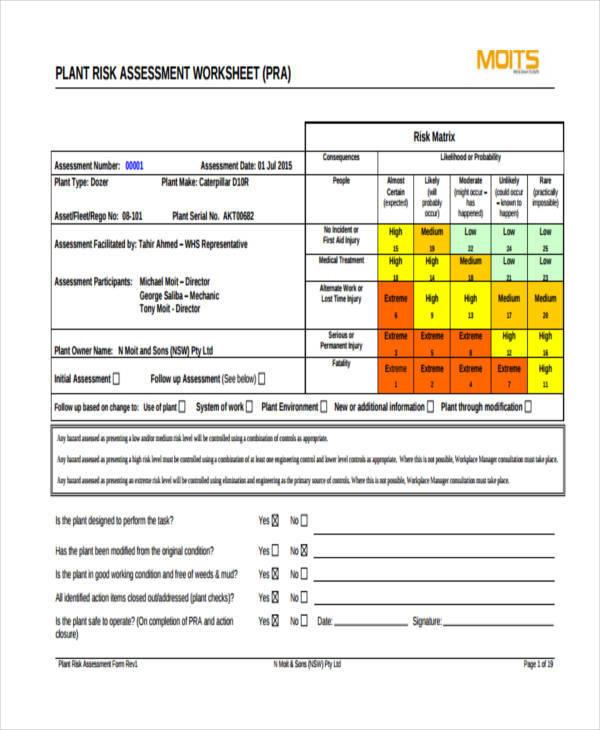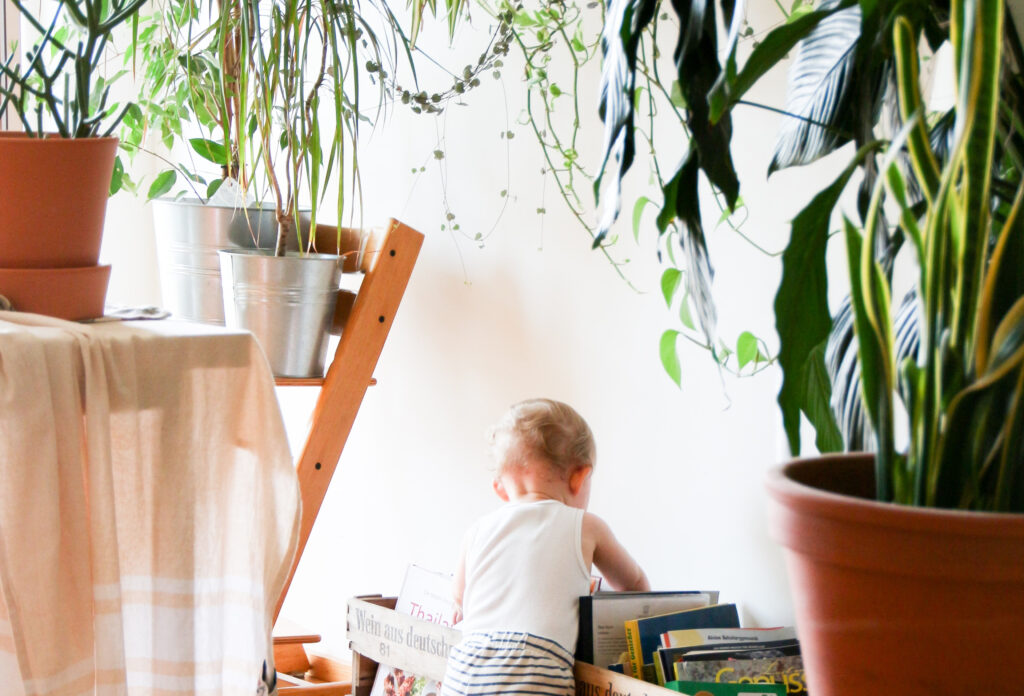Why Baby-Proofing Plants is a Must
Baby-proofing plants is an essential step in creating a safe and healthy environment for babies and toddlers. As a responsible parent, it’s crucial to understand the risks associated with plants and take necessary measures to prevent accidents. Plant poisoning, choking hazards, and damage to plants and furniture are just a few of the potential dangers that can be mitigated by learning how to baby proof plants. According to the American Association of Poison Control Centers, over 50,000 children under the age of six are treated in emergency rooms each year due to plant poisoning. Moreover, plants can also cause choking hazards, and their leaves or stems can be a tripping hazard, leading to accidents and injuries. By taking proactive steps to baby-proof your plants, you can significantly reduce these risks and create a safer space for your child to grow and explore.
Identifying Toxic Plants: A Parent’s Guide
As a parent, it’s essential to be aware of the toxic plants that can pose a risk to your baby’s health. Some common toxic plants that can be hazardous to babies and toddlers include Lily, Sago Palm, Tulip, Daffodil, and Azalea. These plants contain toxic compounds that can cause symptoms such as vomiting, diarrhea, and respiratory distress if ingested. In severe cases, plant poisoning can lead to seizures, coma, and even death. If you suspect your child has ingested a toxic plant, it’s crucial to seek medical attention immediately. Treatment options may include induced vomiting, activated charcoal administration, and supportive care. By learning how to baby proof plants and identifying toxic plants in your home, you can take the first step in creating a safer environment for your child.
Assessing Your Home’s Plant Risks
Before learning how to baby proof plants, it’s essential to assess the plant risks in your home. Start by conducting a thorough walk-through of your home, identifying plants that are within reach of your baby. Check rooms, hallways, and outdoor spaces, including balconies, patios, and gardens. Make a list of the plants you find, and research their toxicity levels. You can use online resources, such as plant toxicity databases or consult with a gardening expert. Determine the level of toxicity for each plant, and prioritize the most hazardous ones. Consider factors like the plant’s height, accessibility, and potential for ingestion. By understanding the plant risks in your home, you can develop an effective strategy for baby-proofing your plants and creating a safer environment for your child.
Effective Ways to Baby-Proof Your Plants
Learning how to baby proof plants is crucial to creating a safe environment for your child. There are several effective ways to baby-proof your plants, and the most suitable method for you will depend on the type of plants you have, their location, and your child’s age and abilities. One simple and effective way to baby-proof plants is to move them out of reach. This can be achieved by placing plants on high shelves or hanging them from the ceiling. Another option is to use plant covers or plant sleeves to prevent access to the plant’s leaves and stems. Anchoring heavy plants and furniture can also prevent them from tipping over and causing injury. Additionally, consider replacing toxic plants with non-toxic alternatives, and using plant stands or pots with wide bases to prevent them from being easily knocked over. By implementing these methods, you can significantly reduce the risk of plant-related accidents and create a safer environment for your child.
Using Baby Gates and Barriers to Protect Your Plants
Baby gates and barriers are an effective way to restrict access to plants and prevent accidents. When learning how to baby proof plants, it’s essential to consider the layout of your home and identify areas where plants are most vulnerable to damage or ingestion. Installing baby gates or barriers around these areas can provide an additional layer of protection. For example, you can install a gate around a room with toxic plants or block off a section of the garden where hazardous plants are growing. When choosing a baby gate or barrier, look for products that are sturdy, easy to install, and adjustable to fit different spaces. Some popular options include pressure-mounted gates, hardware-mounted gates, and playpens. Additionally, consider the height and width of the gate or barrier to ensure it’s suitable for your child’s age and abilities. By using baby gates and barriers, you can create a safer environment for your child and protect your plants from damage.
Supervising and Educating Your Child
Supervising and educating your child is a crucial aspect of how to baby proof plants. As your child grows and becomes more curious, it’s essential to teach them about plant safety and the importance of respecting plants. Start by explaining the dangers of touching or ingesting plants, and use age-appropriate language to ensure they understand. For younger children, use simple and clear instructions, such as “don’t touch” or “plants are not for eating.” As they get older, you can provide more detailed information about the risks of plant poisoning and the importance of handling plants gently. Additionally, supervise your child when they’re around plants, and intervene if you see them reaching for a plant or attempting to touch it. By educating and supervising your child, you can instill good habits and reduce the risk of plant-related accidents. Furthermore, consider incorporating plant safety into your child’s daily routine, such as during mealtimes or before outdoor play. This can help reinforce the importance of plant safety and create a culture of respect for plants in your home.
Creating a Baby-Friendly Garden or Indoor Space
When learning how to baby proof plants, it’s essential to consider the overall design and layout of your garden or indoor space. By creating a baby-friendly environment, you can reduce the risk of plant-related accidents and create a safe space for your child to explore. Start by choosing plants that are non-toxic and gentle on skin, such as succulents or herbs. Consider the layout of your garden or indoor space, and create a clear path for your child to follow, avoiding areas with hazardous plants. You can also incorporate safety features, such as soft flooring, rounded edges, and secure planters. Additionally, consider the height and accessibility of plants, and use plant stands or shelves to keep plants out of reach. By designing a baby-friendly garden or indoor space, you can create a safe and enjoyable environment for your child to grow and explore. Furthermore, consider incorporating educational elements, such as a “touch and feel” garden or a plant identification station, to teach your child about plants and their importance in a fun and interactive way.
Maintaining Vigilance: Ongoing Plant Safety
Maintaining plant safety is an ongoing process that requires regular attention and updates. As your child grows and becomes more mobile, it’s essential to reassess your home’s plant risks and adjust your baby-proofing strategies accordingly. Start by conducting regular plant inspections, checking for signs of wear and tear, and ensuring that plants are still out of reach. Update your baby-proofing methods as needed, such as moving plants to higher shelves or replacing plant covers. Staying informed about plant toxicity is also crucial, as new research and information become available. Consider subscribing to plant safety newsletters or following reputable plant safety organizations to stay up-to-date. Additionally, be mindful of seasonal changes, such as plants that may become more toxic during certain times of the year. By maintaining vigilance and adapting to changing circumstances, you can ensure that your home remains a safe and healthy environment for your child to grow and thrive. Remember, learning how to baby proof plants is an ongoing process that requires attention and effort, but the rewards are well worth it – a safe and happy child, and a beautiful and thriving garden or indoor space.





/small-boy-holds-on-to-safety-gate-1010658462-5c1ce958c9e77c000163b102.jpg)

